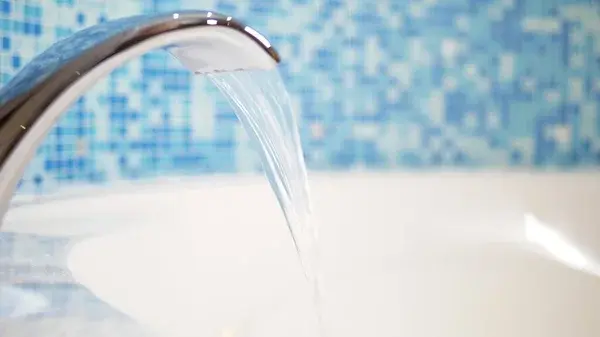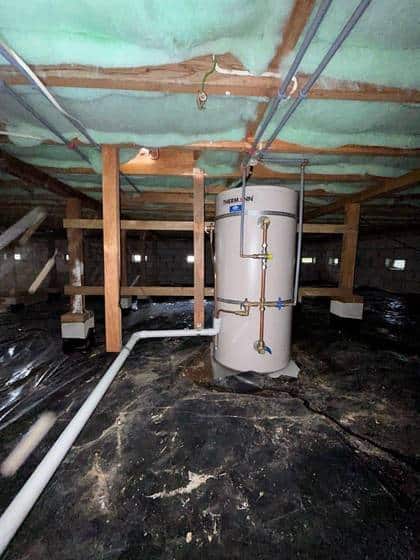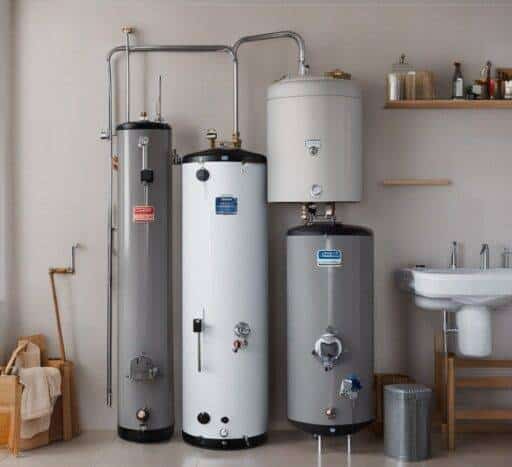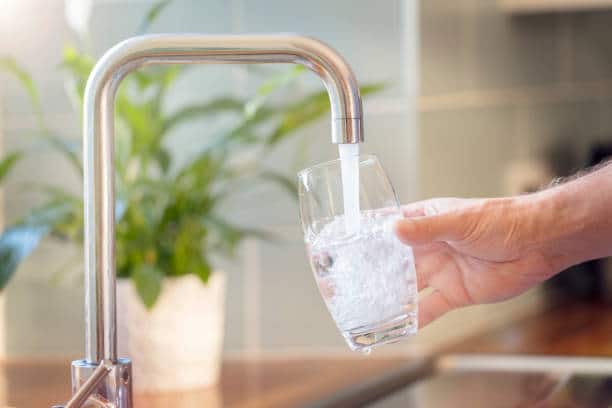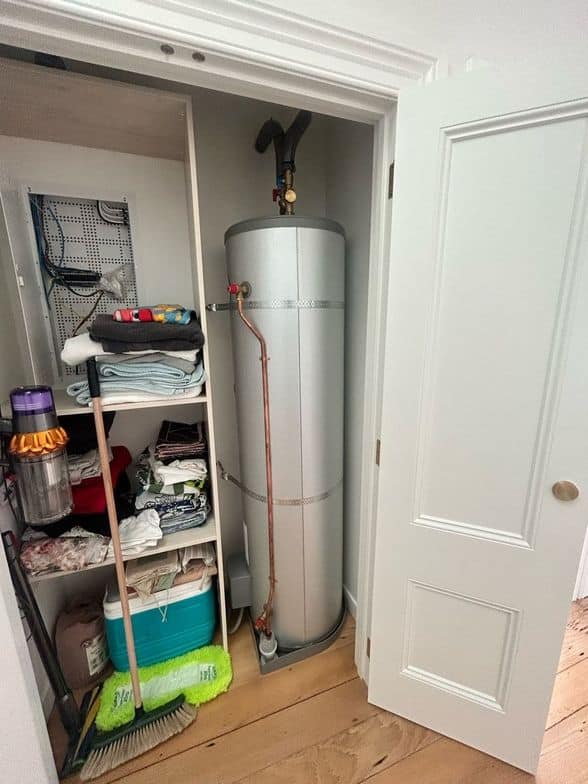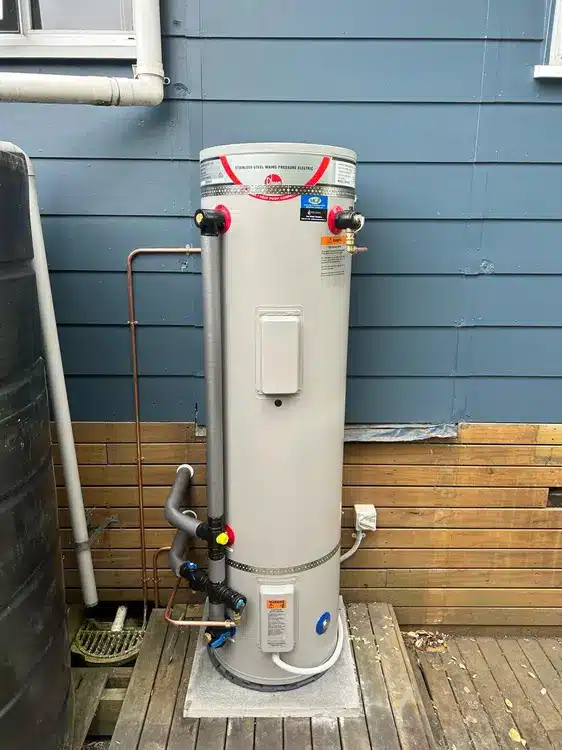Factors That Impact Heat Retention
There are several key variables that work together to influence how well your hot water cylinder retains heat over time:
Cylinder Size – Larger cylinders hold more hot water. More volume means it takes longer to lose heat. An inadequately sized cylinder will struggle to meet demand.
Insulation Level – Cylinders insulate the tank to minimise standby heat losses. More insulation equals better heat retention. Look for an R-value of R3.0 or higher.
Water Usage Patterns – Frequent and lengthy hot water usage will draw down the tank faster than occasional brief usage. Busy households empty cylinders quicker.
Water Heater Settings – Thermostat and timer settings control reheating. Higher temperatures and more frequent reheating maintains heat better.
Ambient Temperature – Heat is lost faster in cold environments. Cylinders in unheated spaces lose heat quicker than indoor units.
Cylinder Location – Long pipe runs to taps waste more heat than centralised units located close to water outlets.
How Hot Water Cylinders Lose Heat
Even the best insulated hot water cylinders still gradually cool over time when left inactive. Heat transfers slowly conduct through the tank walls and insulation to the surrounding air via natural convection and radiation. Increased surface area accelerates cooling. On top of that, it is worth to be aware of how to get the most out of your hot water cylinder.
Meanwhile the large body of hot water held inside the cylinder has an innate tendency to equalise towards ambient temperature grades as thermodynamics dictates. This explains why stored water eventually turns cold if not periodically reheated. Let’s examine typical heat loss rates.
Heat Loss Rates
You can maximise your cylinder’s heat retention by considering these key measures:
Add a Hot Water Cylinder Wrap – Insulating wraps are an easy retrofit that improves existing cylinder insulation. Wraps rated to R1.5 dramatically slow heat loss.
Increased Insulation Thickness – Choose new cylinders offering at least 50mm insulation thickness with a minimum R-value around R3.0.
Bigger Cylinders Hold Heat Longer – Consider upsizing your cylinder capacity by 25% or more.
Location Matters – Situate cylinders indoors or against internal walls rather than external walls. Minimise exposed surface area and pipe runs.
Turn up the Thermostat – Set the temperature between 60°C to 70°C and maximise time between heating cycles.
Turn off Circulation Pumps – Pumps increase convection losses from pipes. Switch off pumps an hour before sleep then back on an hour before waking.
Use Timer Controls – Set heating times for early AM to align with cheapest night rates while retaining heat for the next day.
When to Replace your Hot Water Cylinder
Hot water cylinders are designed to last for many years. However, over time natural wear and tear, corrosion, and gradual degradation of insulation will cause a cylinder to become less and less efficient. Hot water dissipates faster, and your heating costs increase. While maintenance and periodic anode changes can help, eventually a model fifteen years old or more needs replacing to maximise efficiency and minimise losses.
How do you know when it’s time to upgrade your existing cylinder? Warning signs include:
Frequent cold showers or increased reheat cycles even when demand is unchanged. Clearly points to poor insulation or inadequate cylinder capacity.
Rust accumulation, corrosion or leaks developing mean the internal steel tank is deteriorating and may soon fail altogether.
Noisy or banging noises arising during operation can suggest internal scale build up and flow problems. Issues you don’t want to ignore.
Energy bills rocketing higher can indicate poor heat retention requiring an excessive amount of power for reheating.
If you observe multiple symptoms you may well be better off investing in a brand new hot water cylinder featuring the latest technology. Modern heat-pump or solar compatible cylinders, for example, offer vastly improved insulation plus lower running costs over time. Your local hot water cylinder specialist can advise on the best replacement option tailored to your household’s needs.
Final Words
As you can see, modern cylinders with thick insulation will comfortably retain hot water above 40°C for around 24 hours during typical household use. Water cools at a gradual rate of 0.2°C to 0.5°C per hour depending primarily on insulation levels and ambient temperatures. Factors like household demand patterns, cylinder size and location also impact cooling rates. Following the tips outlined here will help optimise heat retention so you can enjoy piping hot water conveniently on tap whenever you need it.
Use our contact us page to reach us and we will be more than happy to discuss your hot water situation. Or give us a call on 0800 497658.
At Hot Water Solutions all we do is hot water!

